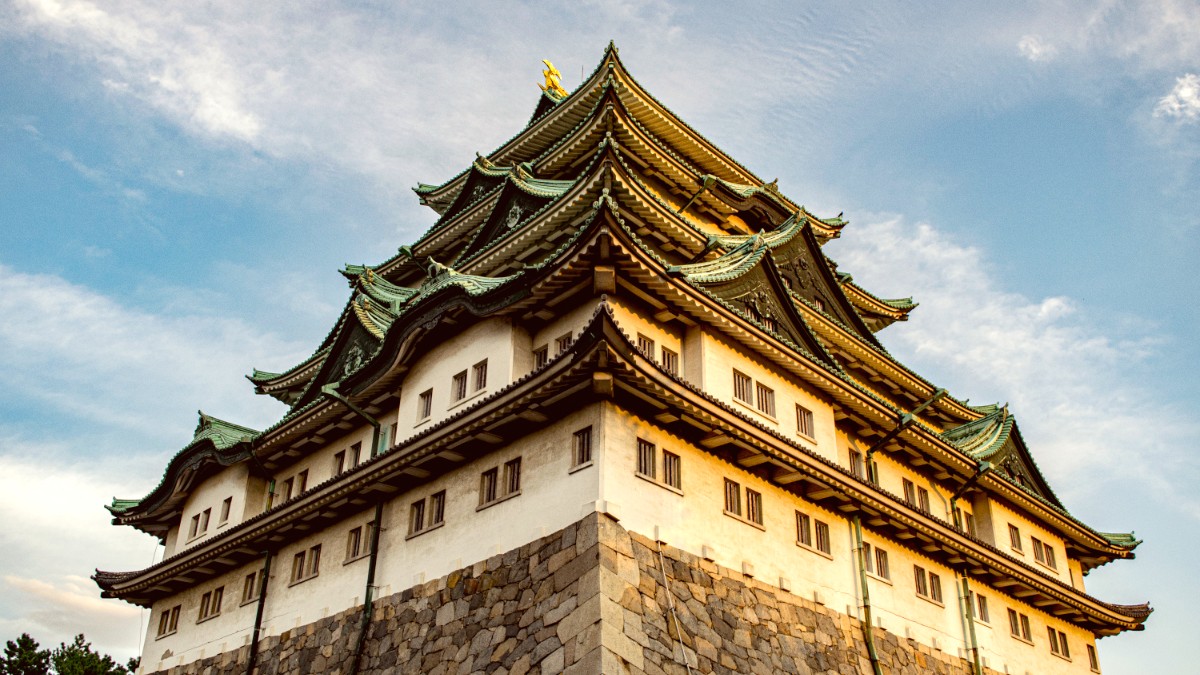
Central Honshu, Japan
Travel smart to maximize your budget in Nagoya.
Effective planning leads to more city exploration in Nagoya.
Local customs and norms make interactions more fluid and prevent common visitor missteps.
Adjust your approach based on your travel companions.
By keeping these practical suggestions in mind, you can navigate Nagoya with confidence and create a smooth and memorable journey.
Effective planning leads to more city exploration in Nagoya.
Generally, express entry options are not necessary for most Nagoya attractions, but for popular events, advance online ticket purchase is a smart move.
Visit popular attractions early mornings and on weekdays to avoid crowds. Avoid peak seasons like Golden Week for lighter crowds.
Group attractions by geographical area. Use mapping apps to streamline your routes and shorten travel time between sites.
Effective planning and local insights contribute to a satisfying journey. Prioritize efficient transport and timely bookings.